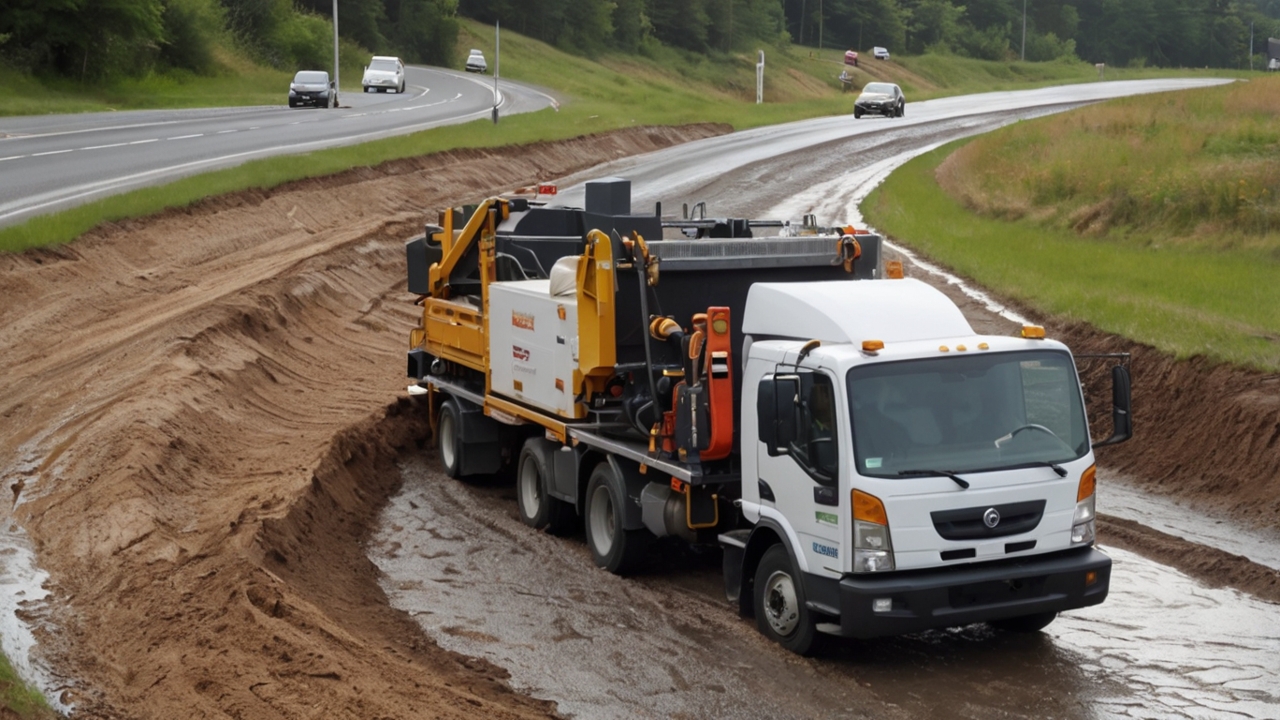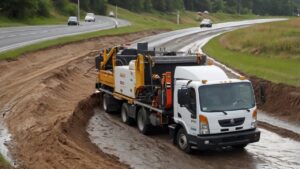Preparing Roads for Climate Change and Extreme Weather
Bukemersanacokyakisir – As climate change accelerates, the roads we rely on every day are quietly entering a new era of vulnerability. Because extreme temperatures, floods, and violent storms now occur more frequently, traditional engineering assumptions no longer hold. I often think about how roads have always symbolized stability, yet today they face unprecedented stress from shifting climate patterns. Consequently, preparing our transportation networks for this reality becomes an urgent responsibility, not a distant concern.
“Read also: Egypt’s New 155mph Desert-Proof Trains Mark a Historic Leap Forward“
Why Extreme Heat Threatens Asphalt in Ways We Rarely Notice
Extreme heat may seem harmless at first glance, yet it slowly destabilizes road surfaces by softening asphalt and weakening structural layers beneath it. Moreover, long heatwaves expand pavement joints, causing deformation and rutting that can endanger drivers. Whenever I travel during summer, I can’t help but notice how roads shimmer with heat, as if warning us of stress beneath the surface. Therefore, designing asphalt mixes that withstand higher temperatures has become an essential step toward climate-resilient infrastructure.
How Heavy Rainfall and Flooding Create Hidden Structural Damage
Because rainfall patterns have intensified under climate change, flooding now presents one of the most destructive threats to road systems. Water infiltrates small cracks, eroding foundations until the surface collapses without warning. I’ve spoken with engineers who emphasize that even one major flood can undo years of infrastructure investment. Consequently, modern road planning must integrate improved drainage, elevated surfaces, and permeable materials capable of resisting prolonged saturation.
Adapting Cold-Region Roads to Unpredictable Freeze–Thaw Cycles
In colder regions, climate change disrupts the rhythm of winter itself, producing unpredictable freeze–thaw cycles that strain pavement. Ice expands inside cracks, widening them each season like a slow-motion fracture. Additionally, sudden temperature swings create potholes faster than maintenance workers can repair them. From my perspective, roads in frost-prone areas represent a frontline battlefield where engineering innovation must outpace accelerating climate anomalies.
Strengthening Roadside Ecosystems as Natural Climate Shields
In many cases, protecting roads from extreme weather involves more than asphalt and steel; it requires restoring the natural environments surrounding them. Because vegetation, wetlands, and soil act as buffers against erosion and flooding, sustainable road design increasingly includes ecological strategies. I’ve always believed that nature is one of our most underestimated climate allies. Therefore, integrating green belts, retention ponds, and native plants can significantly reduce climate-based road failures.
Using Smart Technology to Detect Damage Before It Becomes Catastrophic
Today’s climate challenges call for smarter oversight, and modern technology offers powerful tools to monitor road health in real time. Sensors embedded in asphalt can alert engineers to shifting conditions, while satellite data tracks heat patterns and flood risks. Furthermore, predictive analytics help agencies identify which roads will fail first under climate stress. For me, this represents the exciting intersection between infrastructure and innovation where data becomes a guardian against disaster.
“Read more: Aprilia RS-GP Sets New Aerodynamic Standard in MotoGP“
Investing in Resilient Materials That Withstand Harsh Environments
Because traditional materials cannot withstand the new climate reality, engineers are turning toward more resilient alternatives. Polymer-modified asphalt, fiber-reinforced concrete, and reflective pavements are gaining momentum as long-term solutions. Additionally, recycled materials reduce environmental impact while improving durability. As I explore these technologies, I see clear evidence that road construction is undergoing a quiet revolution driven by necessity and creativity.
Why Community Preparedness Strengthens the Lifespan of Roads
Beyond engineering, public awareness plays a quiet but critical role in protecting road systems. When communities understand how climate change affects infrastructure, they become more supportive of adaptation policies and long-term maintenance investments. Moreover, emergency response planning ensures that damaged routes can be repaired quickly after extreme events. Personally, I believe that climate resilience begins with collective responsibility because roads serve everyone, and protecting them requires everyone’s participation.
Envisioning a Future Where Roads Endure a Changing Climate
Ultimately, preparing roads for climate change demands a blend of innovation, ecological awareness, and long-term planning. As extreme weather intensifies, resilient roads will determine how safely and efficiently societies function. Whenever I imagine the future, I see transportation networks that adapt as seamlessly as nature itself: flexible, strong, and forward-looking. In many ways, preparing our roads is not just about survival it is about shaping a world capable of thriving despite the storms ahead.













Post Comment